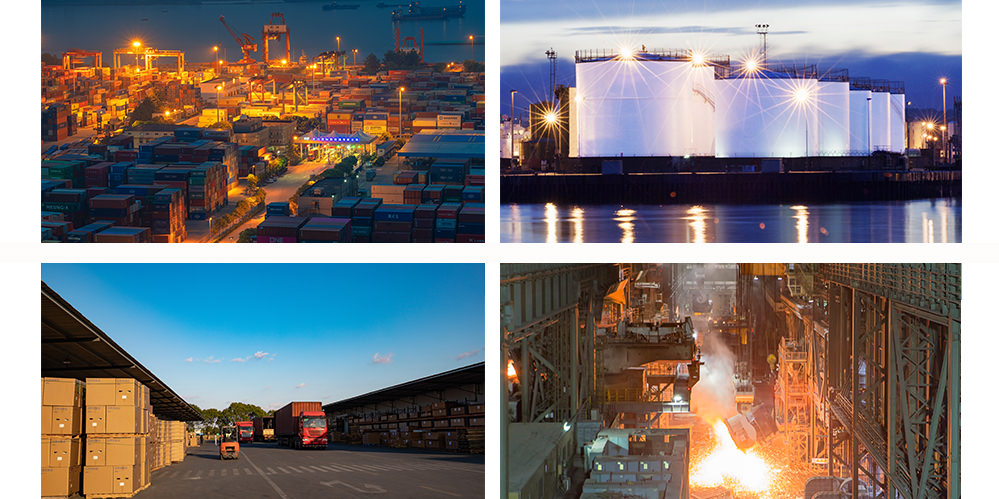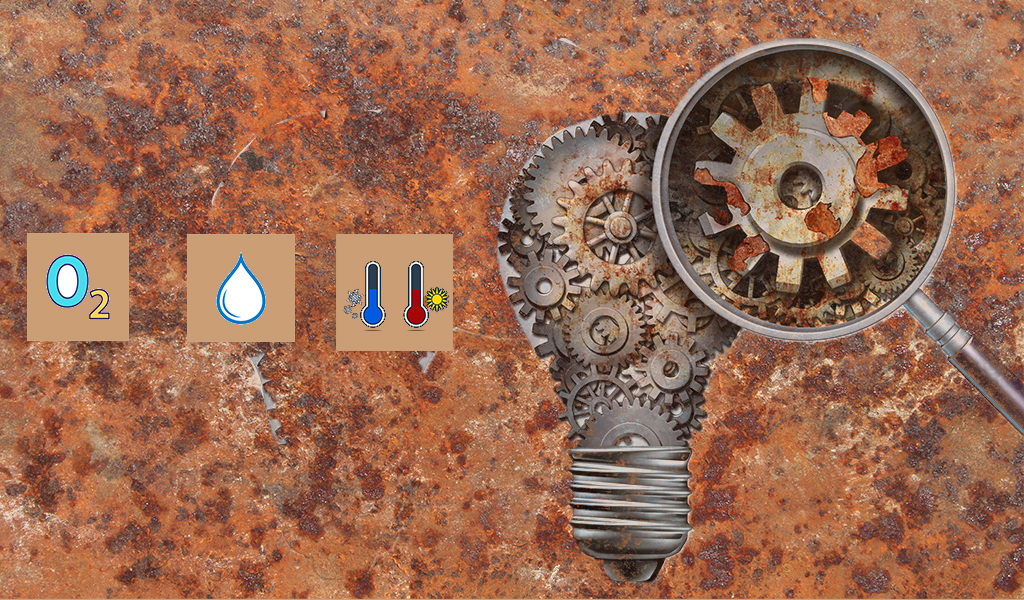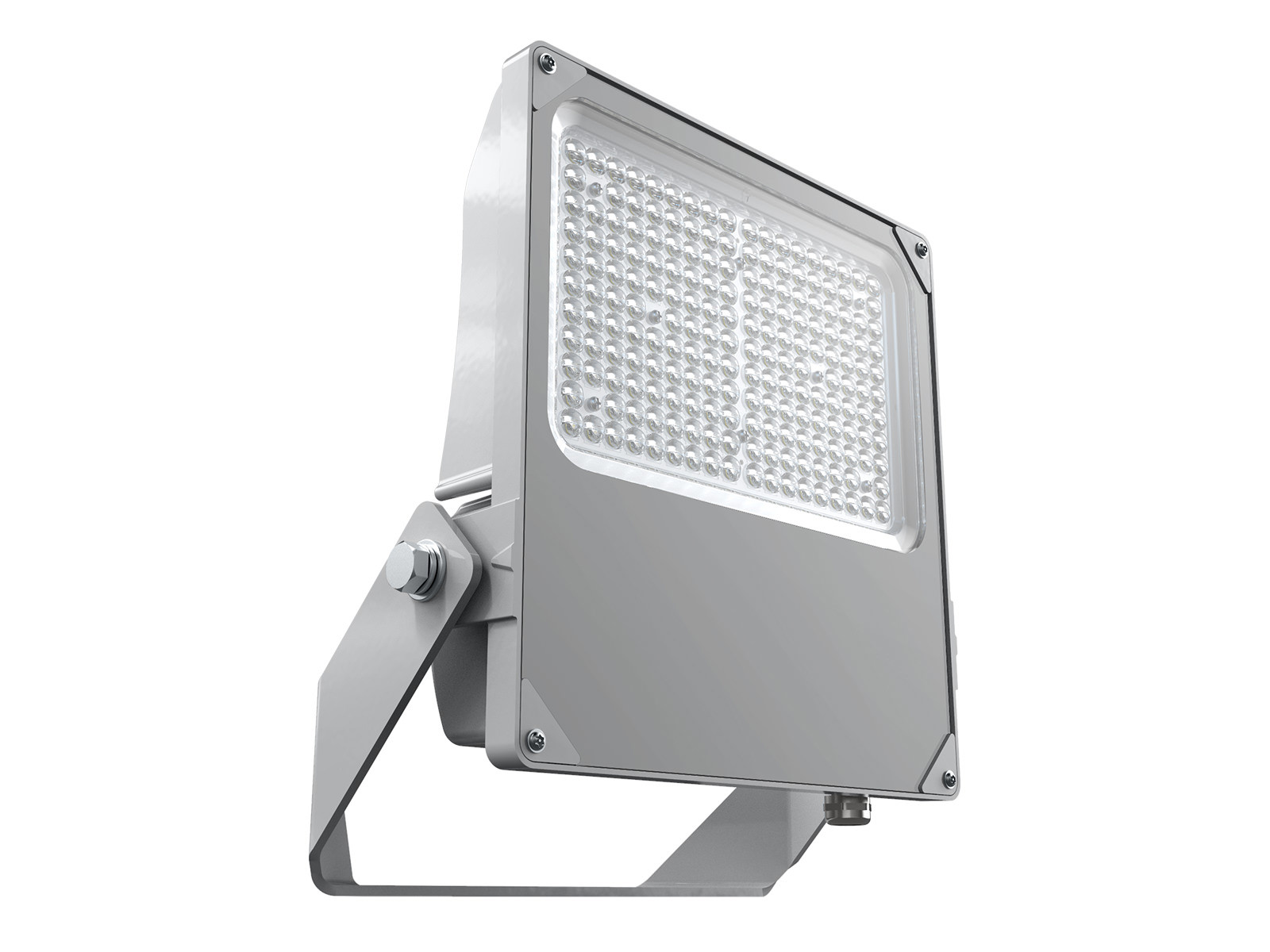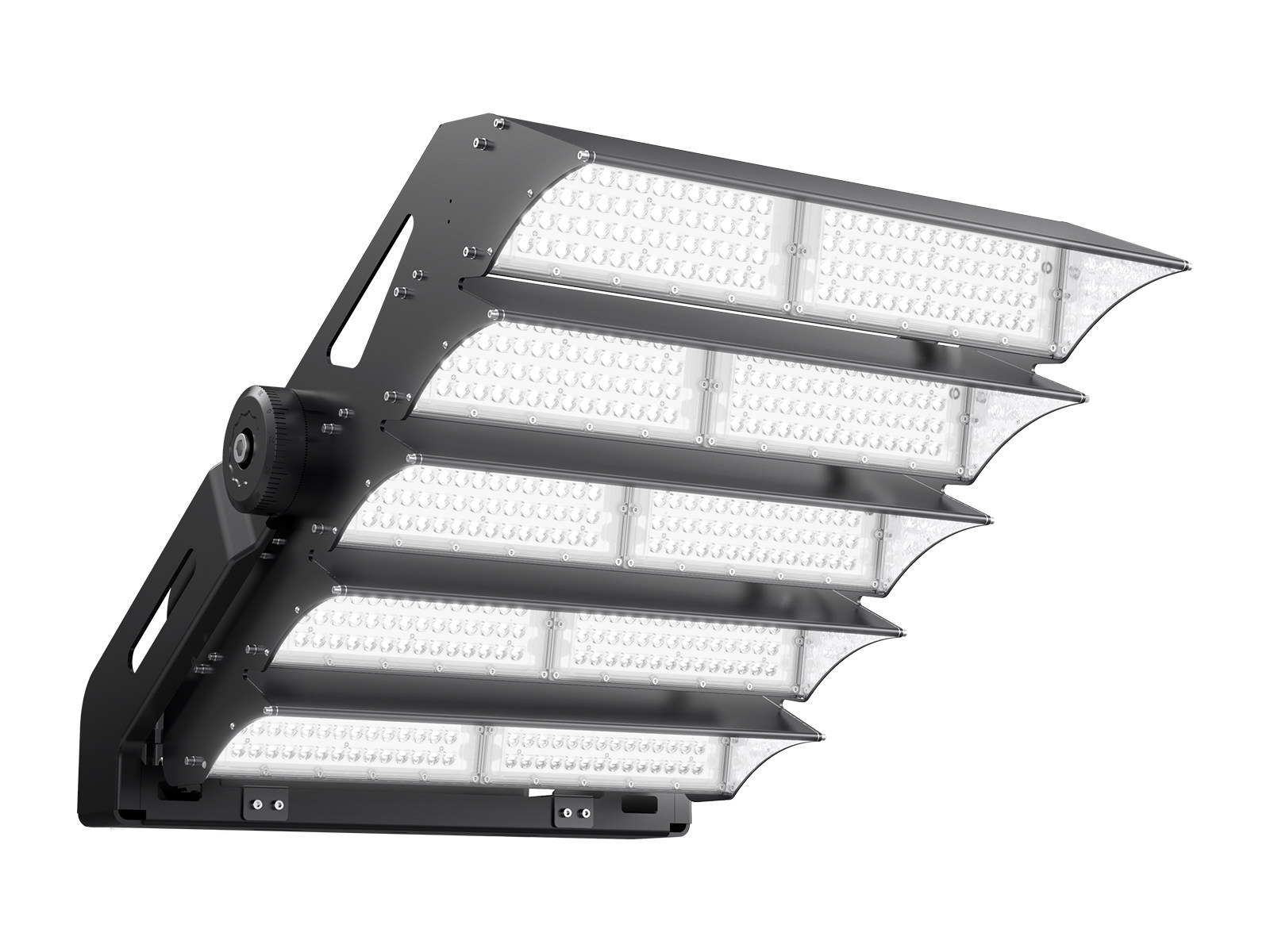The lifespan of LED lights is affected by many factors, such as heat, corrosion, water resistance, and dust resistance ability. We would like to talk about the corrosion of LED lights as it is significant to all applications. You may consider the exterior elements at first, like the sun, rain, and seawater which may corrode the housing and electric wire of LED lights. But we should also think about the internal factors, like the lead frame substrates, impermeability of lights, converter phosphor material, and encapsulations method.
To extend the lifespan and reduce maintenance costs, LED lights should equipped with the ability to withstand harsh environments, especially the places like the oil and gas industry, wharf, trucking and manufacturing. For the oil and gas industry, seawater may be the main corrosion culprit. Therefore, it is not only should the lights be waterproof but also anti-corrosion. The same with the wharf. The corrosion in the trucking sector and manufacturing are mainly due to exposure to awful weather. To meet specific needs for different applications and offer the perfect solution, we had better learn about the basics of corrosion.

What is corrosion
Corrosion is the process of loss and damage of objects (including metal and non-metal) under the action of surrounding media (water, air, acid, alkali, salt, solvent, etc.). Chemical and electrochemical reactions with the environment are the primary classifications of metal corrosion.
The corrosion caused by the chemical action of metals in dry gases and non-electrolyte solutions is called chemical corrosion. The products of chemical corrosion are present on the surface of the metal and no current is generated during the corrosion process.
Electrochemical corrosion refers to the damage caused by the electrochemical interaction between the metal and the electrolyte solution, which is characterized by the generation of current in the corrosion process. With the influence of water molecules, the metal itself in the electrolyte solution is ionized, and when the binding force of metal ions and water molecules is greater than the binding force of metal ions and their electrons, the upper metal ions run from the metal surface into the electrolyte, then forming electrochemical corrosion.
Corrosion factors of LED lights
Corrosion may not occur at a fast speed, it usually lasts for a long period and erodes objects gradually. The process of corrosion is highly complex, as it takes many different forms and is affected by various factors. For example, wood may be corroded by the fungi, insects, sun, or rain, while steel may be corroded by rust. Polymers will become brittle under UV light. Others, like aluminum, are corroded as pitting over time or possible galvanic.
Environment factors
Generally speaking, humidity, oxygen, temperature, and air pollutant are the common factors that cause corrosion for most of objects.
Humidity
When the relative humidity reaches a certain percentage, water molecules will condense on the metal surface, forming water droplets and water film. However, a water film that is too thin and not sufficient for the electrochemical corrosion of the metal surface to proceed smoothly. Due to this situation, it is also difficult to form an effective ion transport.
oxygen
A study shows that in deoxygenated seawater, iron nails immersed for decades still keeping their luster. There is a large amount of oxygen in the atmosphere, and the water film adsorbed on the metal surface is quite thin, so that oxygen dissolves, diffusing to the cathode area of the metal surface quite easily. Oxygen often plays a major role in the corrosion process.
Temperature
The general chemical reaction speed increases with the rise in temperature. When the temperature drops sharply, the relative humidity greatly increases. Even condensation occurs, which promotes corrosion.
Air pollutant
In addition to air and water vapor, the atmosphere also contains various pollution impurities. The gas impurities include SO2, nitrogen oxides, CO2, HCl, and so on. The ocean atmosphere contains salty particles. All of them can promote corrosion.

LED light factors
LED lights are able to perform functionally in most conditions as they are equipped with high waterproof grade or IK rating. But if LED lights are corroded and react with the environment, the performance will decay sharply. The best way to avoid corrosion is to isolated LED light from hazardous materials. Therefore, more attention should be paid to the structure, material, and packaging of LED lights. The sources of corrosive substances are as follows.
Housing material
The housing protects LED lights from external mechanical stresses and extreme temperatures. thermoplastic- and silicone-based pre-molded packages are widely used to meet specified storage and operating temperatures needs.
Lead frame substrate material
As the chip carrier of the integrated circuit, the lead frame is a key structural component that realizes the electrical connection between the internal circuit lead end of the chip and the outer lead by means of bonding materials to form an electrical circuit, which play a role of a bridge connecting with external wires. Depending on the application requirements, different metal alloys (NiPdAu, NiAu, etc.) can be plated onto the lead frame substrates.
Encapsulations
The role of the LED encapsulations is to connect the outer lead to the electrode of the LED chip. It can not only protect the LED chip but also play a role in improving the luminous efficiency. So the LED encapsulation is not just to complete the output electrical signal, but more importantly to protect the tube core to work properly and output the visible light function. Epoxy, epoxy/silicone hybrid, silicone, and glass are normally incorporated into LED devices.
O-Ring
O-ring is suitable for installation in various mechanical equipment, in the specified temperature, pressure, different liquid and gas media, and static or moving state to play a sealing role. There is Nitrile rubber (NBR), fluoro rubber (FKM), silicone rubber (VMQ), ethylene propylene rubber (EPDM), chloroprene rubber (CR), butyl rubber (BU), polytetrafluoroethylene (PTFE), natural rubber (NR), etc.
Gaskets
The gasket is a mechanical seal between two objects. It is usually used to prevent pressure, corrosion, and natural expansion and contraction of pipelines from leakage between two objects. It is usually made of sheet materials such as paper gaskets, rubber, silicone rubber, metal, cork, felt, neoprene, nitrile rubber, fiberglass, or plastic polymers (e.g. Teflon).
Organic rubber
Silicone rubber has the widest temperature range than other rubbers. It has excellent resistance to ozone aging, oxygen aging, light aging, and weather aging and excellent electrical insulation. It is tasteless, non-toxic, and has no adverse reactions to humans. At the same time, it has good gas and moisture permeability.
How to prevent corrosion
As mentioned before, the best solution to avoid corrosion is to isolate LED light from hazardous materials and environments. The first step to control corrosion is to know various forms of corrosion and the process of how and why they occur. Secondly, cut off the corrosion process and the reaction between LED light and environments. Details are as follows:
Stable material
Using more stable and reliable materials to build fixtures can resist corrosion effectively. For metals, aluminum can effectively prevent rust in seawater. Plastic can effectively prevent corrosion, but under heat and UV irradiation, it will deform and decay. Stainless steel is stable and can be corrosion-resistant even after prolonged exposure. But this does not mean that there is no reaction on the surface of the stainless steel, it is just too mild to recognize. Some manufacturers also use more active materials to attach to the surface of objects, and the surface material reacts with the surrounding environment and corroded, sacrificing the surface material to protect the object itself.
Coating film
Anti-corrosion coating refers to a medium that is coated on the surface of the protective object to isolate it from the surrounding medium to reduce corrosion. It can prevent or slow down the progress of corrosion by blocking oxygen and water from the contacting surface of the object. Anti-corrosion coatings usually have good electrical insulation, water resistance and a certain degree of resistance to chemical damage and mechanical stress.
Spacer
The spacer is usually used to prevent pressure, corrosion, and natural expansion and contraction of pipelines from leakage between two objects. Separate the materials that may react with each other to avoid corrosion.
AGC provides high-quality LED lighting engineered specifically for corrosive environments like swimming pools, coasts, and seaside locations. Our lights allow for long-lasting, optimum light output despite exposure to salt, moisture, and chemicals. To learn more about AGC's corrosion-resistant LED products, contact us.
Related video:














